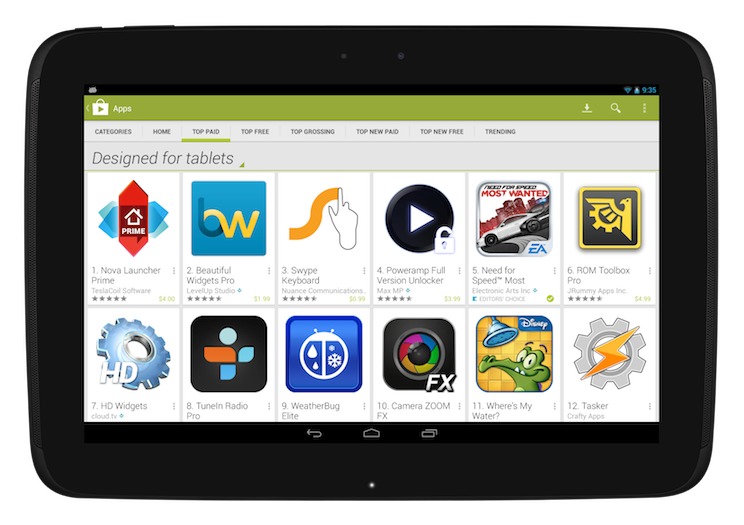
Google has slowly started to reveal changes in some of its developer requirements for Android apps for the sake of complying with still unnamed consumer protection laws. One such changed that was only briefly hinted at was a list of price ranges for in-app purchases (IAP) and now the Android Developer Console has more to say about that matter.
Beginning September 30, apps with IAPs, whether they be one-off payments, recurring subscriptions, or specific items, will have a price range noted in the app’s Details page in Google Play Store. Developers are therefore encouraged to double check their prices before that day arrives.
“Price ranges for in-app purchases Beginning September 30, 2014, all apps offering in-app purchases to users will have an “In-app purchases” price range displayed on their detail page on Google Play. Price ranges will include in-app products and subscriptions.
If any of your apps offer paid in-app features or subscriptions, go to your app’s In-app Products page to review the prices and publishing status of your in-app items.”
Any improvement that gives consumers a better idea of what they’re getting into when making a purchase is always welcome, but this might not be enough to curb the growing problem with IAPs, particularly unauthorized or accidental ones made by children. Of course, Google has implemented certain changes in Google Play Store to help stem that problem, like additional options for password authorization and lengthening the period for refunds to two hours, though sadly the latter only applies to app purchases themselves and not IAP.
One other change to Play Store, also said to be done in the name of consumer protection, might be a tad more difficult to swallow. The Developer Console now fully requires that developers put in a real physical address. While that in itself might not be so worrisome, the fact that Google says that information will be displayed on the app’s Detail page as well, for everyone to see, is a potential privacy and safety risk for the developers. Although it isn’t yet known whether Google will accept P.O. box addresses, that might be moot for many indie and individual developers who don’t have one. Hopefully, Google will flesh out the details and revise as necessary before the September 30 deadline arrives.
VIA: Ausdroid









